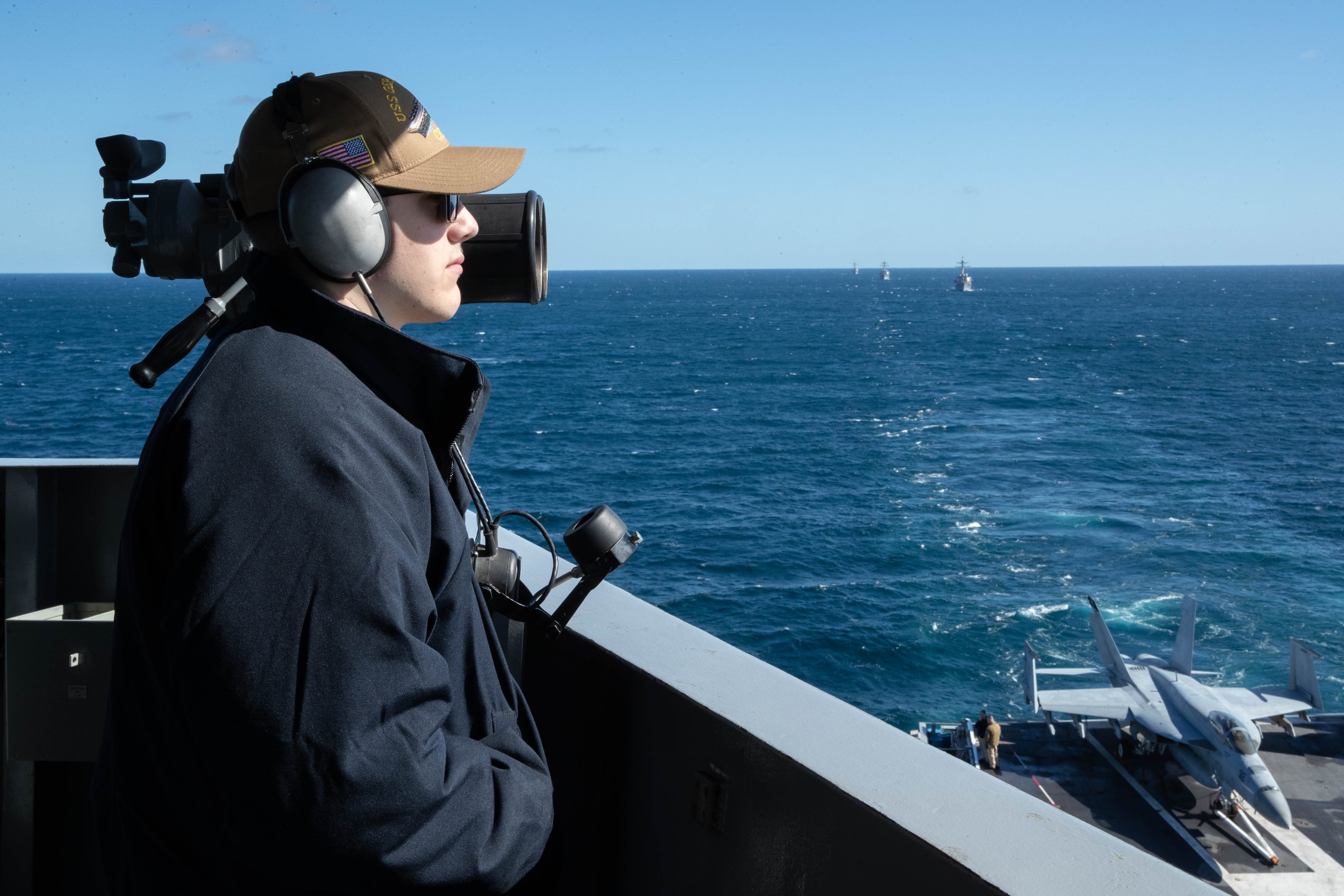The aircraft carrier Gerald R. Ford is operating with a full carrier air wing for the first time as part of its Composite Training Unit Exercise, known as COMPTUEX, ahead of a full-length deployment later this year.
While roughly 80 percent of the air wing embarked on the ship during the carrier’s brief 2022 deployment, Ford is now operating with all of Carrier Air Wing 8 during COMPTUEX to allow its crew to navigate flight deck and hangar bay operations with more aircraft than ever before.
“That’ll give us an opportunity to continue to refine how we’re going to manage the flight deck, how we’re going to operate, and get the aircraft off and back on safely,” Rear Adm. Greg Huffman, commander of Carrier Strike Group 12, told reporters March 3.
The expansive training exercise, which kicked off on March 2, is required to certify for deployment while aiming to integrate carrier strike group elements as a cohesive force, according to the Navy.
The Ford’s build design, meanwhile, places its command center for flight-deck operations — and the ship as a whole — further aft than Nimitz-class carriers, freeing up additional space on the flight deck so the air wing has more aircraft ready at any given point. Such changes, coupled with the new technology installed on the ship, were designed to support a 30-percent higher sortie generation rate, according to the Navy.
The crew expects to conduct an unprecedented level of sorties during COMPTUEX, during which time personnel will focus on streamlining flight operations and executing smooth approaches, according to the Ford’s commanding officer Capt. Paul Lanzilotta.
RELATED
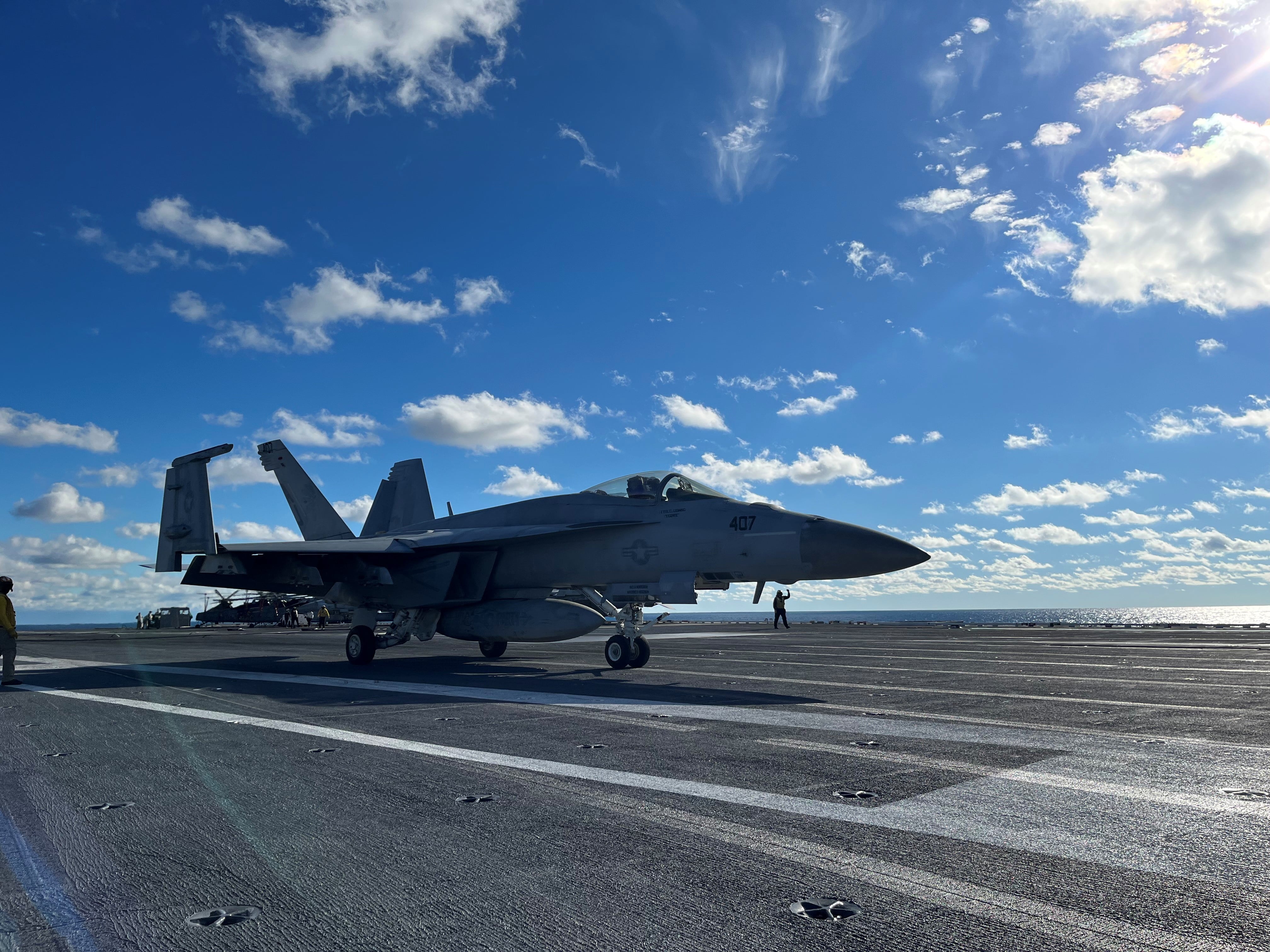
“By virtue of the exercise, we will fly more sorties than we have before,” Lanzilotta told reporters. “It just ... comes down more in the lane of human performance than a notion of a technology being a magic tool that will give you a higher sortie rate.
“When an airplane starts an approach, will it successfully complete that approach with an arrested landing? That’s a teamwork thing,” Lanzilotta continued. “My equipment needs to work. ... Pilots need to fly a good approach. So, I want to see that improved from starting today all the way through the next few days.”
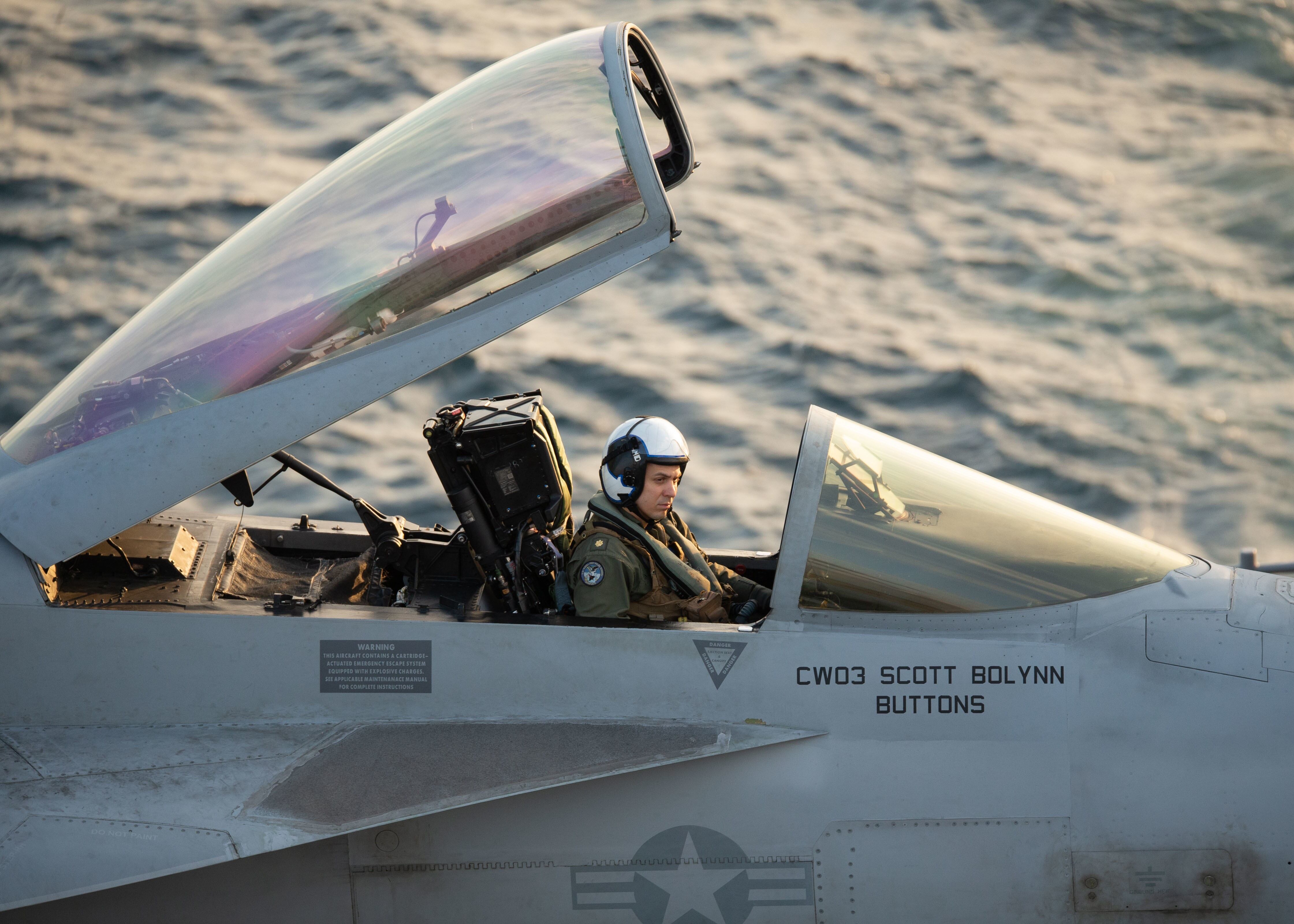
Likewise, Lanzilotta said there are logistical elements to sort out, given the increase in the number of assets that require planned and corrective maintenance.
Additionally, the ship’s CO said there are hundreds of new sailors who, since fall, have joined the Ford’s crew and must acclimate to how the ship differs from Nimitz-class carriers.
“We have to work on the human performance side of moving those aircraft day, night, nice weather, bad weather, high seas, calm seas, thunderstorms,” Lanzilotta said. “And we have to find those friction points, and then we need to learn how to do that when we’re fighting.
“It comes down to people. We can talk about technology day in and day out. But the things that make this [work] happen to be humans with beating hearts.”
Testing New Technology
Huffman said that the carrier strike group will target communications and operations, as is typical during COMPTUEX, but personnel are also slated to test new ways to utilize some of the new technology on the Ford, such as the dual-band radar system that was specifically designed for the new carrier class.
“We’re kind of setting up the playbook for how the rest of the class will then be able to start operating, so that when the [aircraft carrier John F. Kennedy] and subsequent ships come out, they will already have kind of a deep understanding of ... how we can operate this weapons platform,” Huffman said.
The dual-band radar system is one of 23 new technologies installed aboard the carrier. It combines two radars that previously managed air traffic control, air search, navigation, and fire-control — all while significantly reducing manning needs.
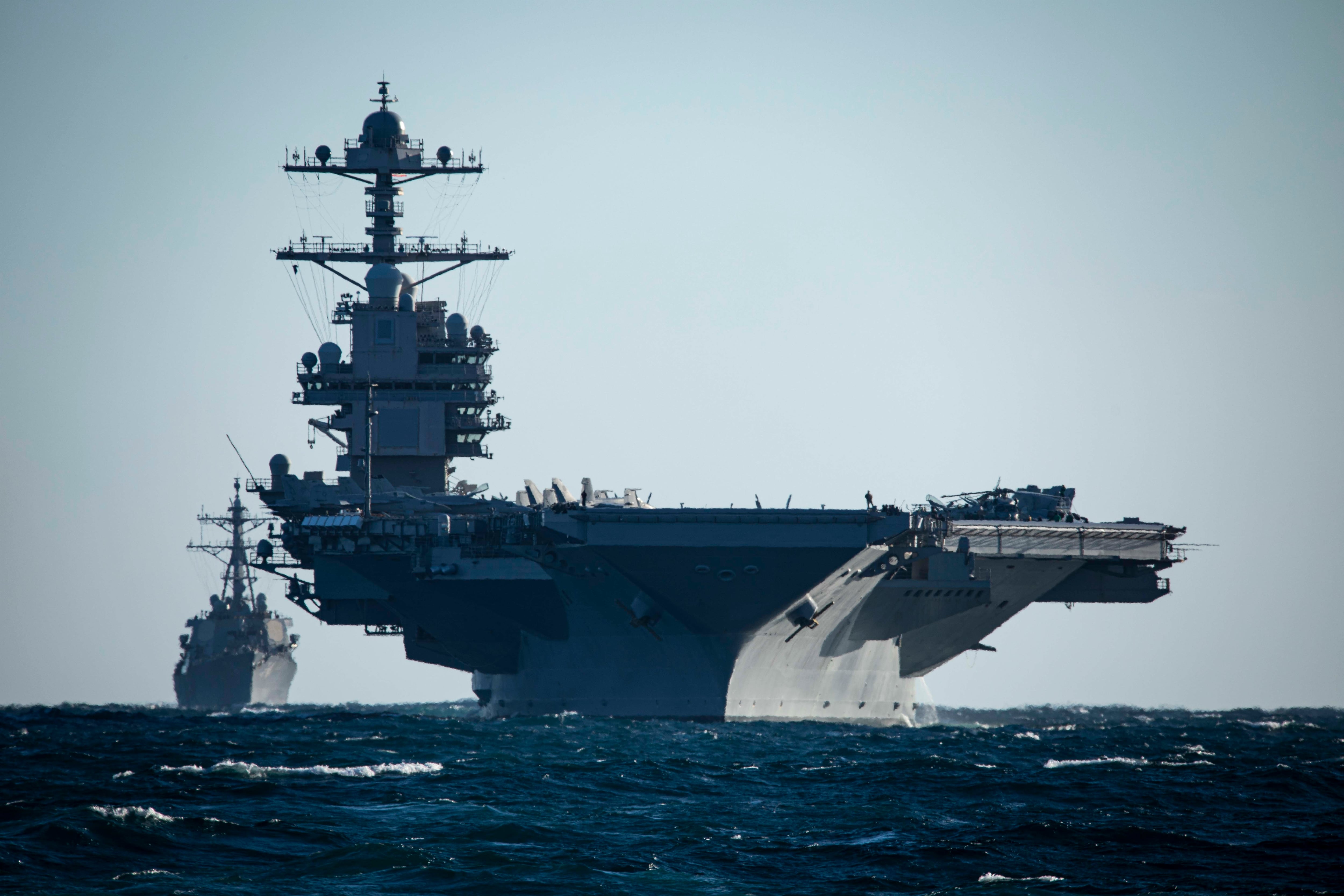
“That’s a very different system than what’s on a Nimitz-class aircraft carrier,” Huffman said. “And that has some different capabilities that we want to explore ... and see where we can be complementary with our cruisers and destroyers.”
The carrier also features a new Electromagnetic Aircraft Launch System, or EMALS, to propel aircraft from the flight deck, dramatically reducing manning needs compared to the steam-powered catapult systems on Nimitz-class carriers. The new system faced scrutiny amid delays and cost overruns, but Huffman is confident with its operational capability.
“There’s always been a focus on the launch and recovery equipment. I think we’re in a great place with that right now,” he said. “We just need to go out and prove that it’s ready to go.”
The carrier strike group is also utilizing a live-virtual-constructive environment during the exercise, a system that joins live exercises with the virtual variety.
Huffman described the live-virtual-constructive component as a “foundational” part of the COMPTUEX training period, and said the Navy has worked to expand such capabilities in recent years as a means of enhancing training.
Such was the case in 2021, for example, when the sea service tested modern warfighting concepts through live and virtual exercises as part of the “biggest exercise we’ve done in a generation,” Chief of Naval Operations Adm. Mike Gilday said at the time.
RELATED
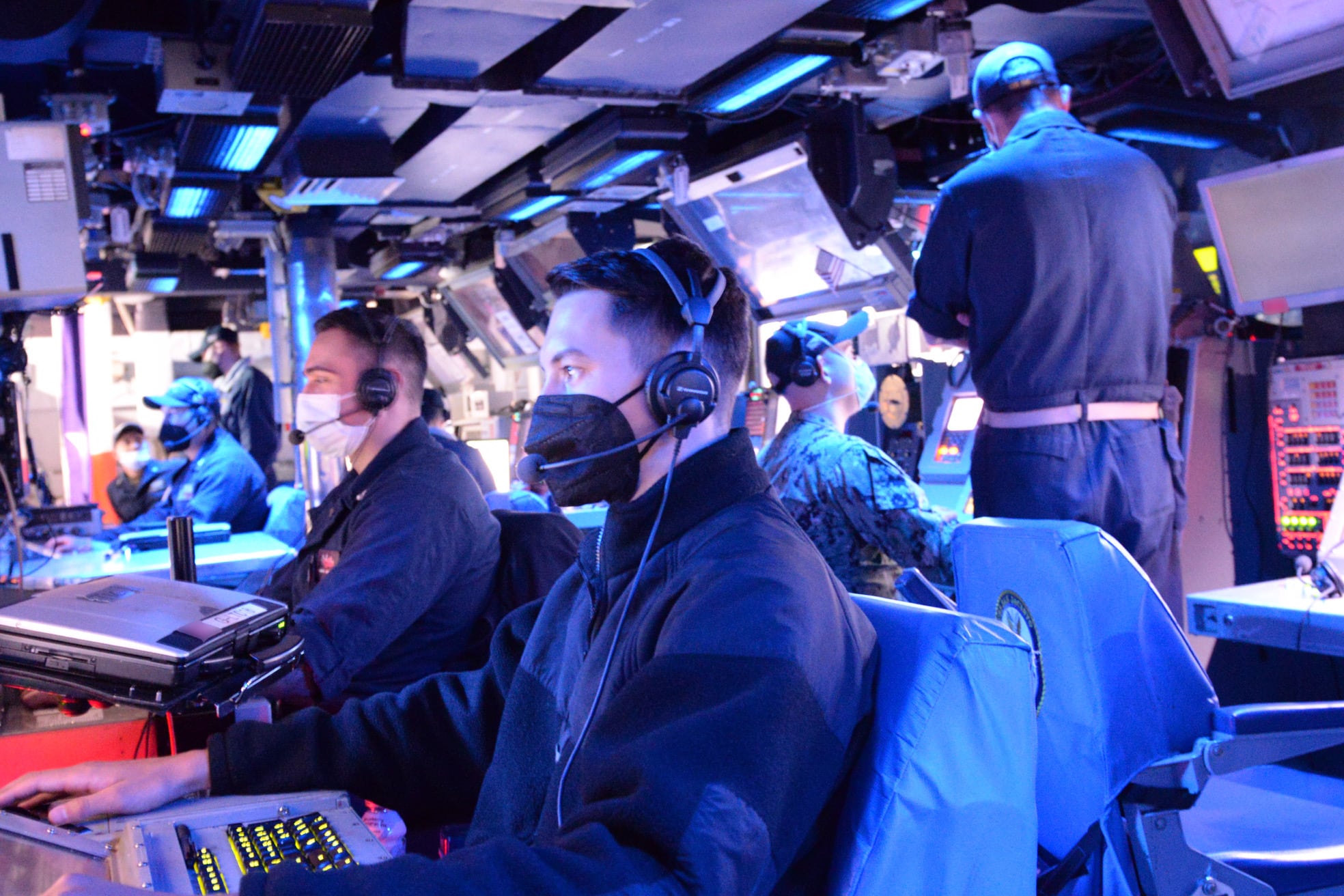
“We still need to have the operators in the equipment operating in this environment,” Huffman said, referencing the “live” training component. “And that’s the basis of what we’re doing. [But] when you bring in the virtual and the constructive, we’re able to create presentations that are more challenging, more robust, and higher-end for what we might see throughout the world.”
Likewise, the carrier strike group will experiment with ship positioning that differs from Nimitz-class operations, Huffman said.
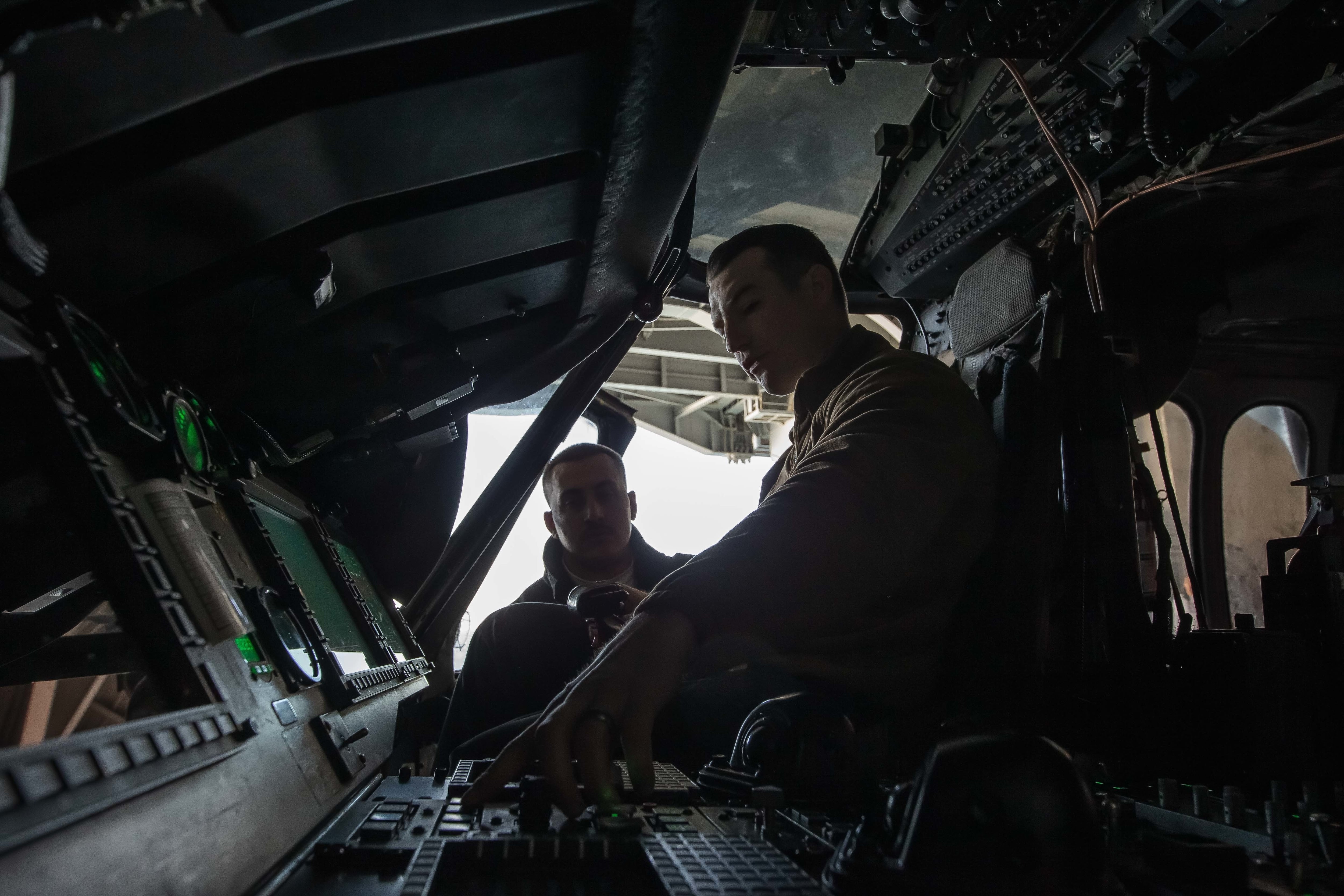
“Different ways of positioning ships, different ways of operating to make it more robust and complimentary — [these are] some of the things we’ll be looking at,” Huffman said.
Inaugural Deployment
The Ford, which was originally scheduled to deploy in 2018, departed Naval Station Norfolk in October for a brief service-retained deployment that lasted just under two months. That placed the carrier under the authority of Chief of Naval Operations Adm. Mike Gilday instead of a geographic combatant commander, as is the standard.
Operations this the fall were designed to familiarize the crew with the vessel’s new technologies. They also provided an opportunity to work with six other NATO allies.
In particular, the strike group targeted air defense and anti-subsurface warfare, distributed maritime operations and conducted a transfer of authority with NATO. The carrier also made port visits to Halifax, Canada, and Portsmouth, United Kingdom, and operated with ships from Canada, The Netherlands, Denmark, France, Germany, Spain, and Sweden.
Capt. Matt “Francis” Mulcahey, the Ford’s executive officer, said the COMPTUEX training will help the crew expand on what sailors accomplished in the fall and “push the envelope” on operations in a safe environment.
“[We] have the baseline for how ... we need to operate,” Mulcahey told reporters. “Now we’re just expanding ... that deployed pressure or the operational pressure a little bit more during this exercise than we have previously.”
Additionally, Mulcahey said meeting the targets for deployment certification should give the crew a confidence boost ahead of the Ford’s lengthier cruise this year — and that the actual underway will feel less stressful than the training.
“COMPTUEX is a great time to sort of pressurize that environment a little bit,” Mulcahey said. “The work stress is a little higher, the [operational] tempo is a little higher. It will actually be easier on deployment for the most part than what we do here on COMPTUEX.
“If you can get through that, [the] deployment is going to be fine. ... What I really want them to take away is, ‘Man, we can do that. We’re a talented, motivated group of American patriots and we’re gonna crush this COMPTUEX, and we’re gonna do great on deployment.’”
